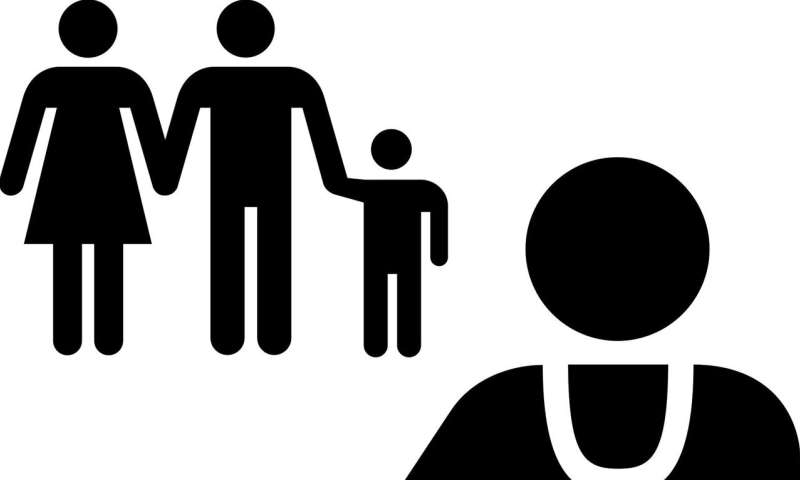
New research from the UK, being presented at this week’s ESCMID Conference on Coronavirus Disease (ECCVID, online from 23-25 September) shows that the diagnosis of several common conditions including cardiovascular and cerebrovascular (circulatory) disease, diabetes, and mental health conditions approximately halved during the country’s COVID-19 lockdown. The study is to be published in The Lancet Public Health ahead of a special conference session featuring The Lancet journals.
The study, by Richard Williams of the University of Manchester and The National Institute for Health Research Greater Manchester Patient Safety Translational Research Centre, Manchester, UK, used data from Salford, a metropolitan area of Greater Manchester (UK) with a population of approximately 250000 people.
The authors used routinely collected primary care data that was recorded in the Salford Integrated Record system between Jan 1, 2010, and May 31, 2020. They extracted data on symptoms and observations, diagnoses, prescriptions, operations and procedures, laboratory tests, and other diagnostic procedures.
They then used computer modelling with data of monthly counts of first diagnoses of common conditions (common mental health problems, cardiovascular and cerebrovascular disease, type 2 diabetes, and cancer), and corresponding first prescriptions of medications indicative of these conditions. These models were used to predict the expected numbers of first diagnoses and first prescriptions between March 1 and May 31, 2020, which were then compared with the observed numbers for the same time period.
Between March 1 and May 31, 2020, 1073 first diagnoses of common mental health problems were reported compared with 2147 expected cases based on preceding years, representing a 50% reduction. There were 598 cases of circulatory disease observed, compared with 1054 expected, a 43% reduction, and for type 2 diabetes, 141 cases were diagnosed compared with an expected 276 cases—a 49% reduction. The number of first prescriptions of associated medications was also lower than expected for the same time period.
The gap between observed and expected cancer diagnoses (194 expected / 163 observed, difference 31 cases, a 16% reduction) during this time period was not statistically significant, but the authors suggest this could be due to a delay in cancer diagnosis data being recorded in primary care after diagnosis in hospital. The authors say: “The lower reduction in cancer diagnoses observed compared with the other diseases assessed could be partially explained by this time lag. This hypothesis is supported by the data for May, during which we observed a 44% reduction in cancer diagnoses—38 observed versus 68 expected—which was statistically significant.”
The authors say: “Most of the conditions included in our study develop over many years, so it is unlikely that people’s behaviour during the COVID-19 pandemic has resulted in a lower incidence of these diseases…the reduced number of new diagnoses observed when compared with the expected numbers obtained from our models are most likely to represent a large number of true disease cases that have gone undetected, undiagnosed, and untreated.”
They suggest that, when people begin to engage more with health services again, through less widespread fear of contracting COVID-19 in a health-care facility or because their symptoms have become intolerable, presentation rates for the four groups of conditions assessed in this study could increase sharply.
They say: “Should such a scenario occur, health-care services will need to manage this excess demand. The delay in diagnoses is also likely to have implications for the severity of these conditions when patients present. Prioritisation of people with these conditions over people with more minor illnesses will be important in primary care otherwise the backlog could plausibly overwhelm primary and secondary health-care services.”
They also sound a warning about future health emergencies, including potential second waves of COVID-19. They conclude: “Should a public health emergency on the scale of the COVID-19 pandemic occur in the future, or if subsequent surges in COVID-19 cases arise, national communication strategies must be carefully considered to ensure that large numbers of patients with urgent health needs do not disengage with health services.”
They note some limitations to their study, including that Salford is the 18th most deprived of 317 areas in England, and thus these results might not be generalisable to other parts of the country. Between March 1 and May 31, 2020, Salford had the fourth highest age-standardised all-cause mortality rate in England and Wales and the third highest age-standardised COVID-19 mortality rate outside of London.
Source: Read Full Article